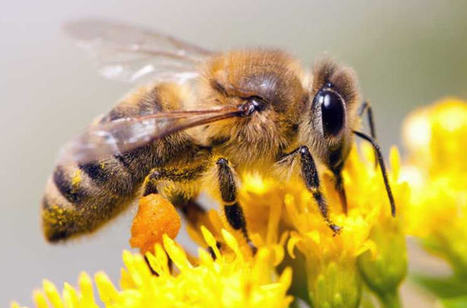Research and publish the best content.
Get Started for FREE
Sign up with Facebook Sign up with X
I don't have a Facebook or a X account
Already have an account: Login
 Your new post is loading... Your new post is loading...
 Your new post is loading... Your new post is loading...
|

Linus Ridge's comment,
August 14, 2013 5:03 PM
Shared on LinkedIn http://www.linkedin.com/in/linusillsleyridge
|












